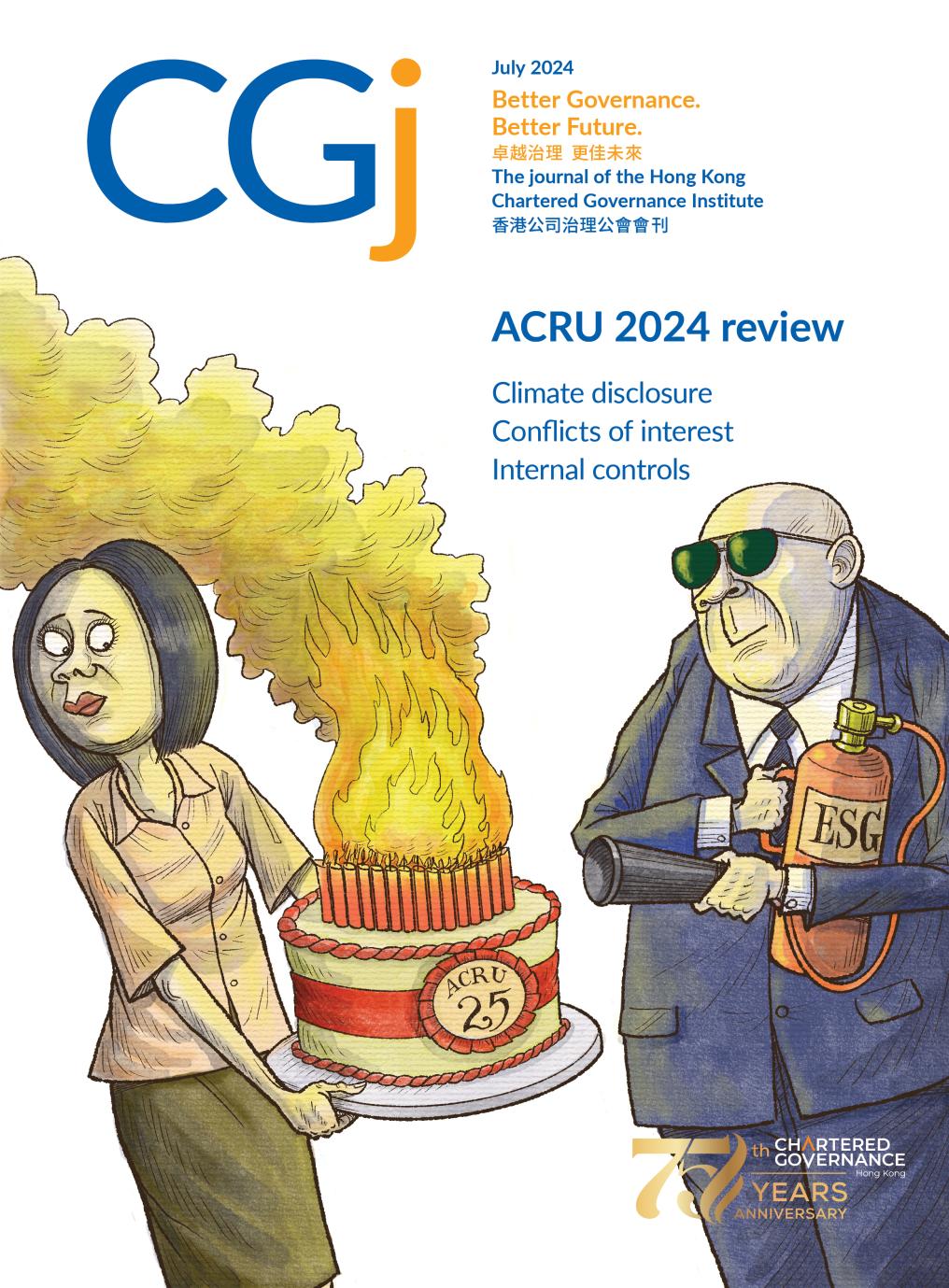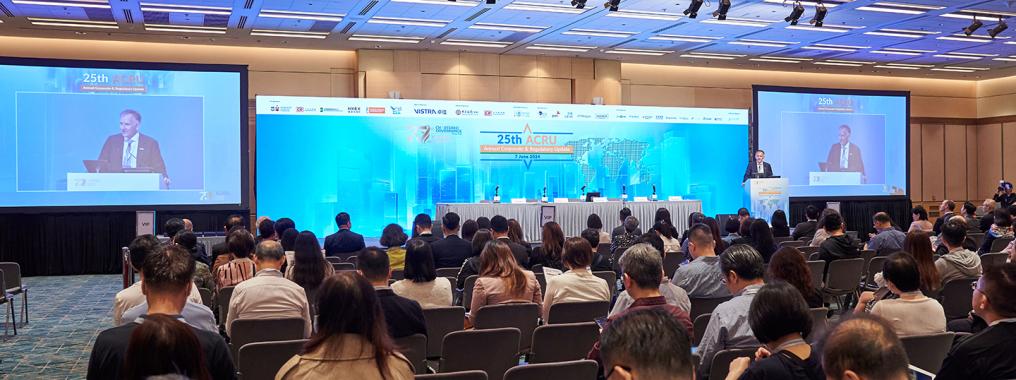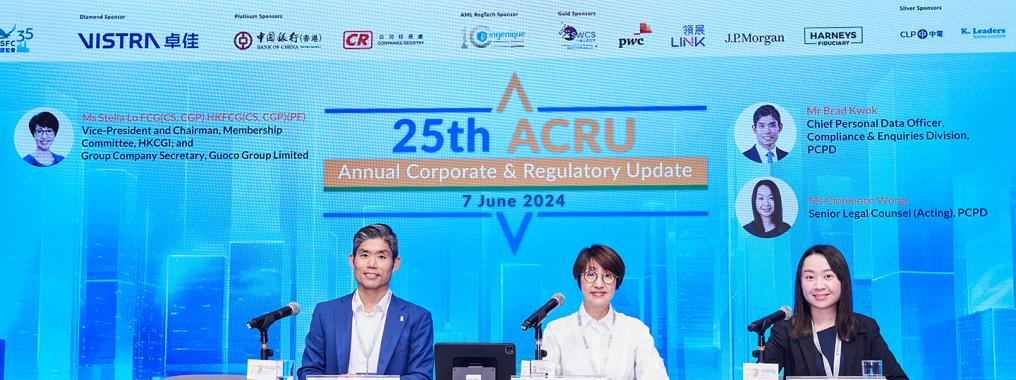
Carbon trading in China: key considerations for navigating the schemes
In the second and final part of their article, Terry Yang, Partner, Jane Chen, Senior Associate, and Kirsty Souter, Senior Associate, Clifford Chance, discuss the challenges for international investors in navigating the China carbon market and the key considerations when structuring carbon trades that have a PRC nexus.
Highlights
- international investors wishing to trade in the mandatory or voluntary carbon markets will need to trade through an entity domiciled in the PRC, subject to the satisfaction of the relevant eligibility requirements
- significant developments in the futures and derivatives market, such as the establishment of the Guangzhou Futures Exchange as the venue to trade carbon futures products, provide international investors with further options in gaining exposure to China’s carbon markets
- as the regulatory framework governing carbon trading in the PRC is still developing and evolving, careful consideration of how to design suitable risk mitigants will be required
Issues to consider in navigating the schemes
Trading access for foreign entities
The current regulatory framework of the People’s Republic of China (PRC, China) has not expressly provided a feasible route for institutions domiciled outside the PRC to be a direct participant trading in China’s national Emissions Trading System (ETS) (the National ETS Market) or under the China Certified Emission Reduction (CCER) scheme (the National CCER Scheme) (that is, being a direct account holder on the relevant trading venue or the registrar).
As elaborated in part one of this article (see last month’s CGj), both the Interim Administrative Regulations on Carbon Emission Trading (2024) (the ETS Regulations), which took effect on 1 May 2024, and the Administrative Measures on Voluntary Greenhouse Gas Emission Reduction Transaction (Trial Implementation) (2023) (the CCER Measures), issued in October 2023, provide flexibility for ‘other qualified entities’ to be included as eligible trading participants and the competent regulators are expressly required to formulate the cross-border trading rules. However, under the current regulatory regime, international investors wishing to trade in the National ETS Market – the mandatory carbon market – or under the National CCER Scheme – the voluntary carbon market – will need to trade through an entity domiciled in the PRC, subject to the satisfaction of the relevant eligibility requirements as set out by trading centres/registries.
It is noted that PRC regulators are aware of the importance of internationalisation of carbon products and will likely address this issue in the future. This is expressly reflected in (i) article 3 of the ETS Regulations, which points out that the State will enhance international collaboration in the National ETS Market, and (ii) article 29 of the CCER Measures, which provides that the Ministry of Ecology and Environment (MEE) will, together with the relevant authorities, formulate the rules that apply to trading and to using CCER on a cross-border basis.
In addition, international investors may consider or continue trading in certain regional markets which provide (a) a feasible route for eligible international investors to be a direct participant, including carbon emissions exchanges in Guangzhou, Shenzhen and Hubei, and (b) favourable treatment in remitting cash into and outside the PRC in connection with the relevant regional carbon emissions trading scheme. However, as there are no express rules facilitating cross-market trading, whether and how the purchase and sale of CCERs under the National CCER Scheme interact with regional markets and/or other internationally recognised schemes is not yet clear.
Notably, the People’s Bank of China (PBOC) has demonstrated its support in facilitating cross-border cash remittance in connection with foreign entities’ participation in PRC carbon emission trading activities without imposing any express and specific foreign exchange control measures in this regard. We expect that a similar approach to foreign exchange formalities will likely be adopted in relation to cross-border cash remittance in connection with CCER trading activities in the future.
Futures and derivatives over carbon products
In the futures and derivatives market, one of the most significant developments was the establishment of the Guangzhou Futures Exchange in April 2021, which is the venue to trade carbon futures products that have been developed and approved by the China Securities Regulatory Commission. In late 2023, the National Association of Financial Market Institutional Investors also issued the China Carbon Derivatives Trading Definitions for market participants to consider and use in China’s carbon derivatives trades. As there are available schemes permitting international investors to access the China futures and derivatives market directly, these developments provide international investors with further options in gaining exposure to China’s carbon markets.
Key considerations for international investors
Market participants should consider various issues when structuring carbon transactions that have a PRC nexus (see ‘Key considerations’).
Uncertainty over the legal nature of CEAs and CCERs. The legal nature of certified emission allowances (CEAs) and CCERs is not currently specifically addressed under statutes in China, a key issue experienced in many other international carbon trading markets. Whilst it is recognised under certain judicial precedents that CEAs are recognised as ‘valuable assets’ – and in practice there are PRC banks accepting CEAs as collateral for commercial loans – as neither CEAs nor CCERs are formally recognised as ‘property’ under the PRC’s Civil Code (2020), it remains to be clarified by regulators whether pledge registration at the exchange level is sufficient for the purposes of perfecting security interest under PRC law, and how this affects the validity and enforceability of a contract under PRC law.
Currently, the trading, clearing and settlement rules of CEAs/CCERs are similar to the setup provided for futures trades on exchanges. However, in light of uncertainties over the legal nature of CEAs/CCERs, when structuring the transactions, issues such as whether there is settlement finality and/or the impact of a potential bankruptcy of a PRC counterparty should be examined.
Complexity of the regulatory framework. The regulatory framework governing carbon trading in the PRC is developing and may evolve significantly over time. Depending on the specifics of different business models, how to design suitable risk mitigants in order to manage such regulatory uncertainties requires careful consideration. For example, investors that step in at the project development phase (such as acting as or partnering with a project developer) will need to think about setting up a series of milestone events to manage the risks throughout the project lifespan, including risks specific to different counterparties involved and the types of transaction to be carried out. If institutions want to trade financial products with CEAs or CCERs as the underlying product, they should also consider the implications of regulatory rules governing the relevant financial products.
Challenges in managing cross-departmental supervisory requirements. The ETS Regulations set out a cross-departmental regulatory cooperative system to be applied to the National ETS Market, with:
- MEE leading the management and supervision of carbon emission trading
- MEE, the State Administration for Market Regulation (SAMR), PBOC and the National Financial Regulatory Administration (NFRA) providing support in respect of supervision, information and enforcement, and
- MEE and the National Development and Reform Commission (NDRC) formulating the greenhouse gases and industries covered by CEA trading for the State Council’s approval.
The CCER Measures have only clarified the supervisory responsibilities of the issuing regulators of these measures, with:
- MEE leading the management and supervision of voluntary greenhouse gas emission trading, and
- SAMR supervising and managing the licensed Verification Institutions.
As to whether PBOC, NFRA or NDRC will also be assuming similar responsibilities in the supervision and management of the National CCER Scheme, and whether there are other regulators to be included, needs to be further clarified by the State Council.
As the regulatory framework is developing, the regulators involved and their respective responsibilities may evolve over time, and market participants will need to carefully consider their compliance strategy. When engaging with highly regulated counterparties, such as securities firms approved by the China Securities Regulatory Commission to trade CEAs using proprietary funds, the regulatory requirements affecting the counterparty may also impact the trading documentation. For futures and derivatives transactions involving CEAs or CCERs, whether and how the relevant financial regulators and MEE will cooperate and supervise these trading activities also remains to be seen.
Outlook
It is expected that the PRC government will continue to issue secondary rules and industry guidance to further refine the regulatory framework governing carbon trading in China. In light of the complexity involved in the chain of carbon trading transactions, companies that trade or want to trade carbon in China must prepare to set up a system to monitor the carbon trading regulatory framework on a regular ongoing basis, and to structure carbon trading transactions to cater for the potential changes and uncertainties in the regulatory landscape.
it is expected that the PRC government will continue to issue secondary rules and industry guidance to further refine the regulatory framework governing carbon trading in China
Key considerations
- The National ETS Market was launched in 2021 and the ETS Regulations took effect to regulate the operation of the National ETS Market on 1 May 2024.
- The relaunch of China’s voluntary carbon market under the National CCER Scheme will link up the PRC mandatory and voluntary carbon markets at the national level.
- The current regulatory framework for trading of mandatory carbon credits and voluntary carbon credits in China expressly provides for international investors to be able to participate, subject to the formulation of more detailed implementation rules.
- Various legal and practical challenges – including the lack of clarity in regulatory rules and uncertainty over the legal nature of CEAs and CCERs, and the difficulties in managing cross-departmental supervisory requirements – will need to be carefully considered by international investors when participating in China’s carbon markets, whether through trading carbon credits, carbon futures or over-the-counter derivatives linked to such underlying assets.
Terry Yang, Partner, Jane Chen, Senior Associate, and Kirsty Souter, Senior Associate
Clifford Chance
Copyright © April 2024 Clifford Chance
Part 1 of this article, in which the authors provide an overview of the mandatory and voluntary carbon market in China, with a focus on the regulatory framework in relation to the National CCER Scheme, was published in last month’s edition of CGj.


